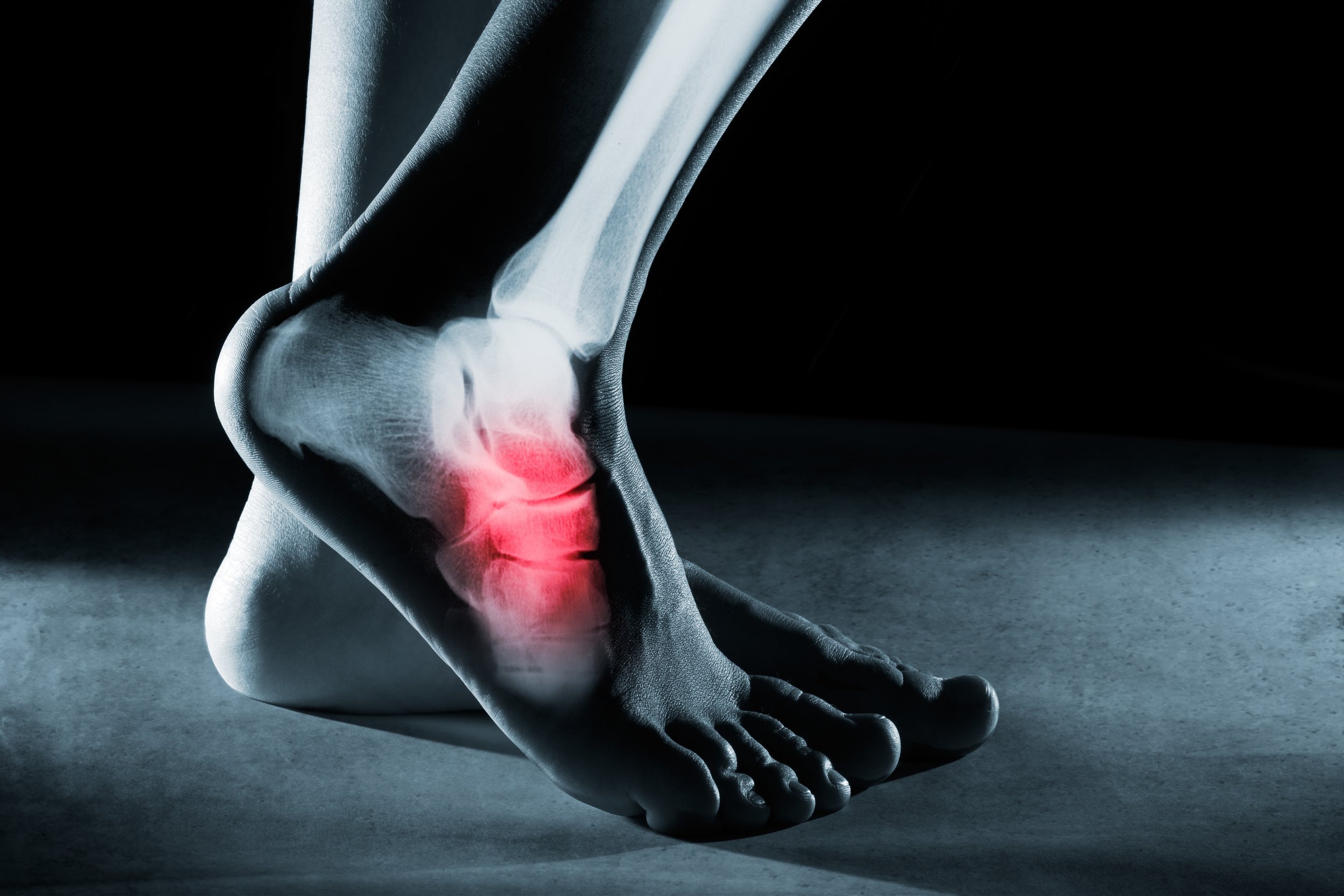What Is Foot Fusion Surgery?
Foot fusion is a surgical procedure used to treat chronic foot injuries and conditions. During foot fusion surgery, bones in the foot are fused together to permanently join the bones. The goal of this procedure is to reduce pain, improve stability, and increase function in the foot.
Here’s why foot fusion is performed, what conditions it treats, and how this procedure can help you get back to doing the activities you love.
Who Needs Foot Fusion Surgery?
Foot fusion is used to treat a wide range of chronic and painful foot conditions. This includes:
Osteoarthritis
Rheumatoid Arthritis
Flat Feet
Trauma From Previous Injuries
During this procedure, the bones in the foot are permanently fixed in place. This can be performed in the midfoot or hindfoot, depending on the location of the damaged bone or joint. Foot fusion surgery has several benefits, such as:
Provides relief from chronic conditions
Helps to increase function and restore past activity levels
Reduces discomfort, pain, and swelling
Improves quality of life
Prevents or mends deformities
A foot fusion offers a permanent solution to chronic foot issues and comes with a relatively short recovery period. If you are considering foot fusion surgery, it’s essential to schedule an evaluation with an orthopaedic foot specialist, such as Dr. Elton at Vail-Summit Orthopaedics & Neurosurgery. During your consultation, Dr. Elton and his team will:
Assess your general health
Analyze your medical history
Perform imaging tests
Discuss treatment options
Dr. Elton and his team only recommend surgical intervention after all other conservative methods have been attempted. If foot fusion is right for you, Dr. Elton will walk you through the surgical techniques and design a recovery plan that gets you back to doing the activities you love.
Recovering From Foot Fusion Surgery
Foot fusion surgery is an outpatient procedure that allows patients to recover in the comfort of their own home. After surgery, Dr. Elton will place the foot in a boot or splint and you will be given mobility devices (such as crutches) to keep weight off the foot while walking.
Dr. Elton and his team will provide you with a set of care instructions to aid in your recovery. This could include:
Directions on pain management
Guides for reducing swelling
Movements and irritants to avoid
Exercises to restore function
Wound and splint care
Signs of infection to look out for
All bodies are different, and so is the healing process. However, the typical recovery for foot fusion surgery takes anywhere from six weeks to three months. The rough timeline of recovery goes as follows:
0-2 Weeks: Patient will wear a plaster splint or boot and use crutches to avoid placing weight on the foot.
2-6 Weeks: X-rays will be taken during a follow-up appointment. The wound will be checked, sutures removed, and the plaster splint will be replaced with a boot. Patient will likely continue to avoid placing weight on the foot or progress to heel weight-bearing.
6-12 Weeks: The patient will begin a weigh- bearing progression and performing exercises to regain strength and balance.
12 Weeks: The patient should fully be able to bear weight on the foot and begin wearing shoes.
Normally, foot fusion provides nearly complete pain relief after three months. Patients are usually cleared to return to activity and sports after four to six months, with their performance and ability improving over time.
Considering Foot Fusion? Contact Team Elton Today!
If you believe you’re a candidate for foot fusion surgery, contact Dr. Elton and his team at Vail-Summit Orthopaedics & Neurosurgery today! A Harvard-trained, patient-focused orthopaedic foot expert, Dr. Elton is known throughout the High Rockies for getting his patients back to the activities they love.
Schedule a consultation today by calling (970) 476-7220 or by completing Team Elton’s online appointment request form. Appointments are available in both Eagle and Summit county clinic locations.


